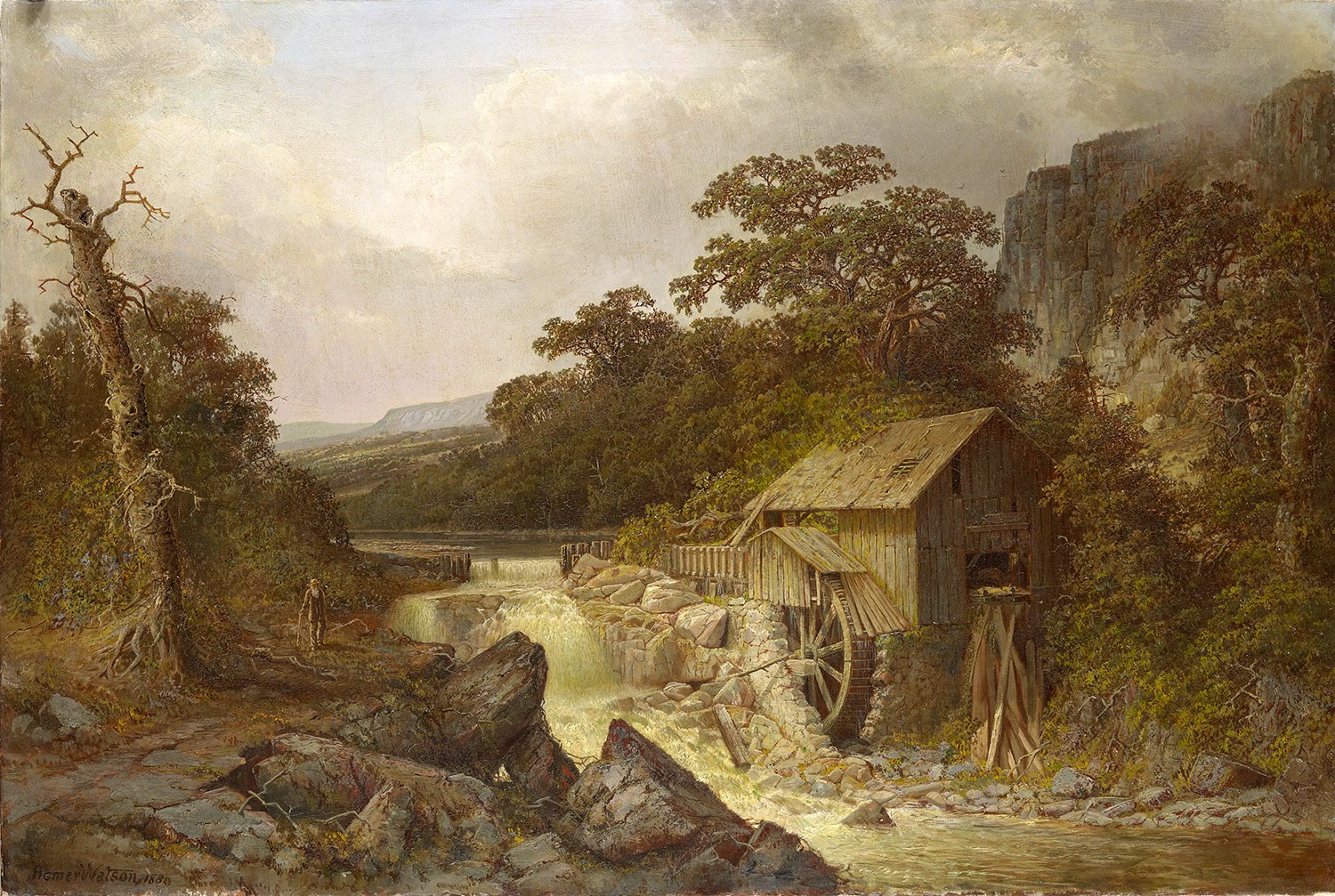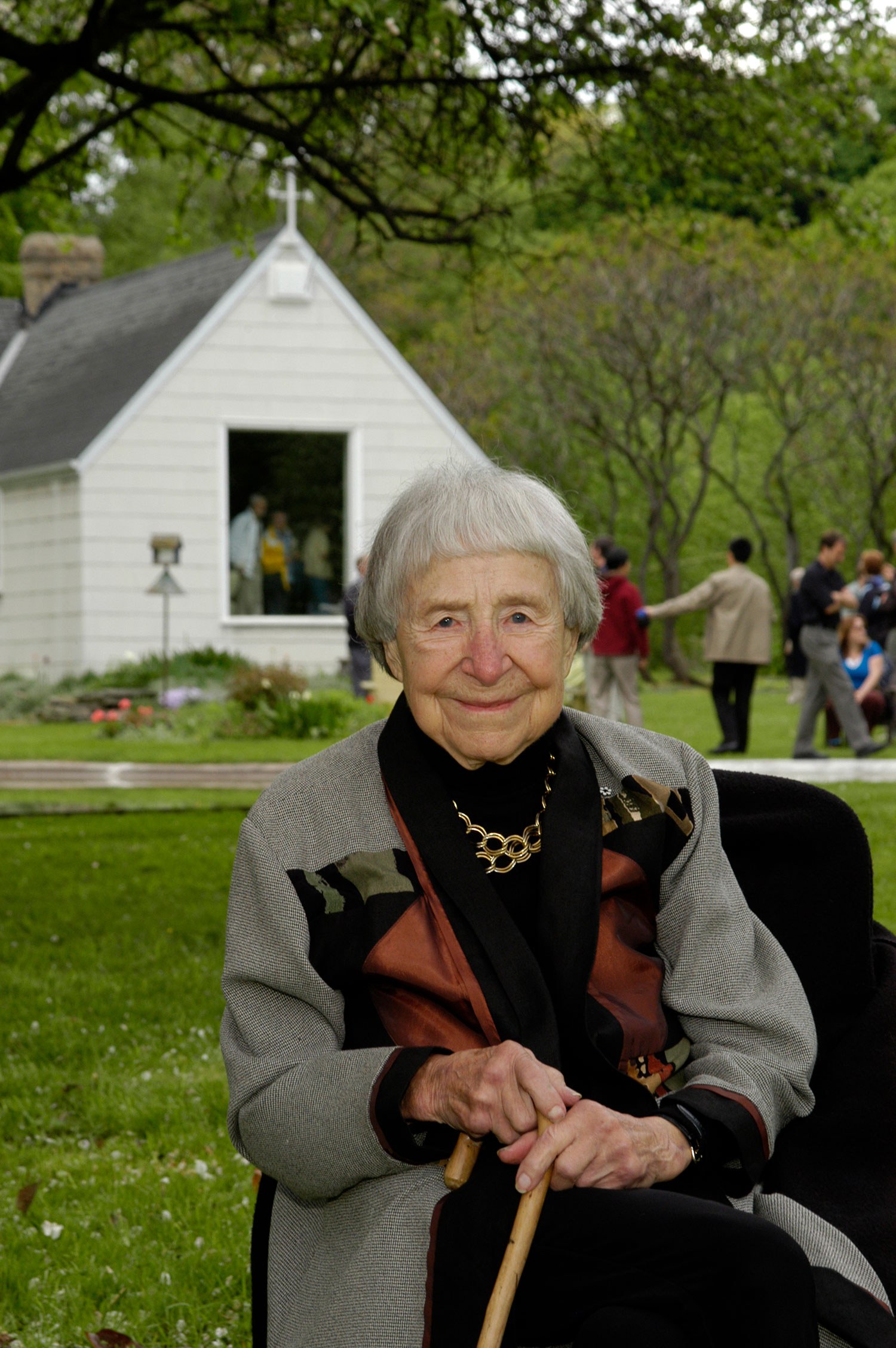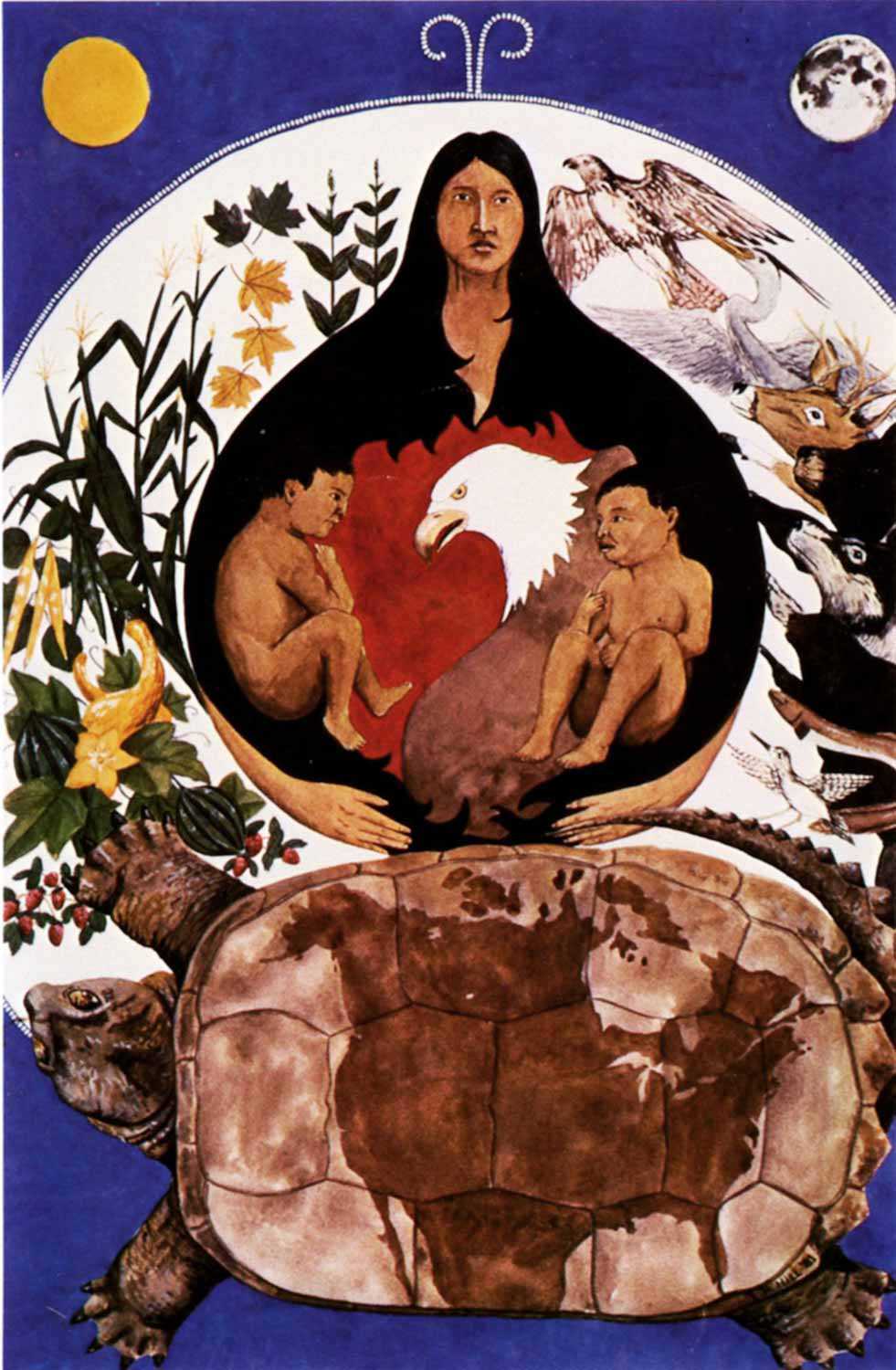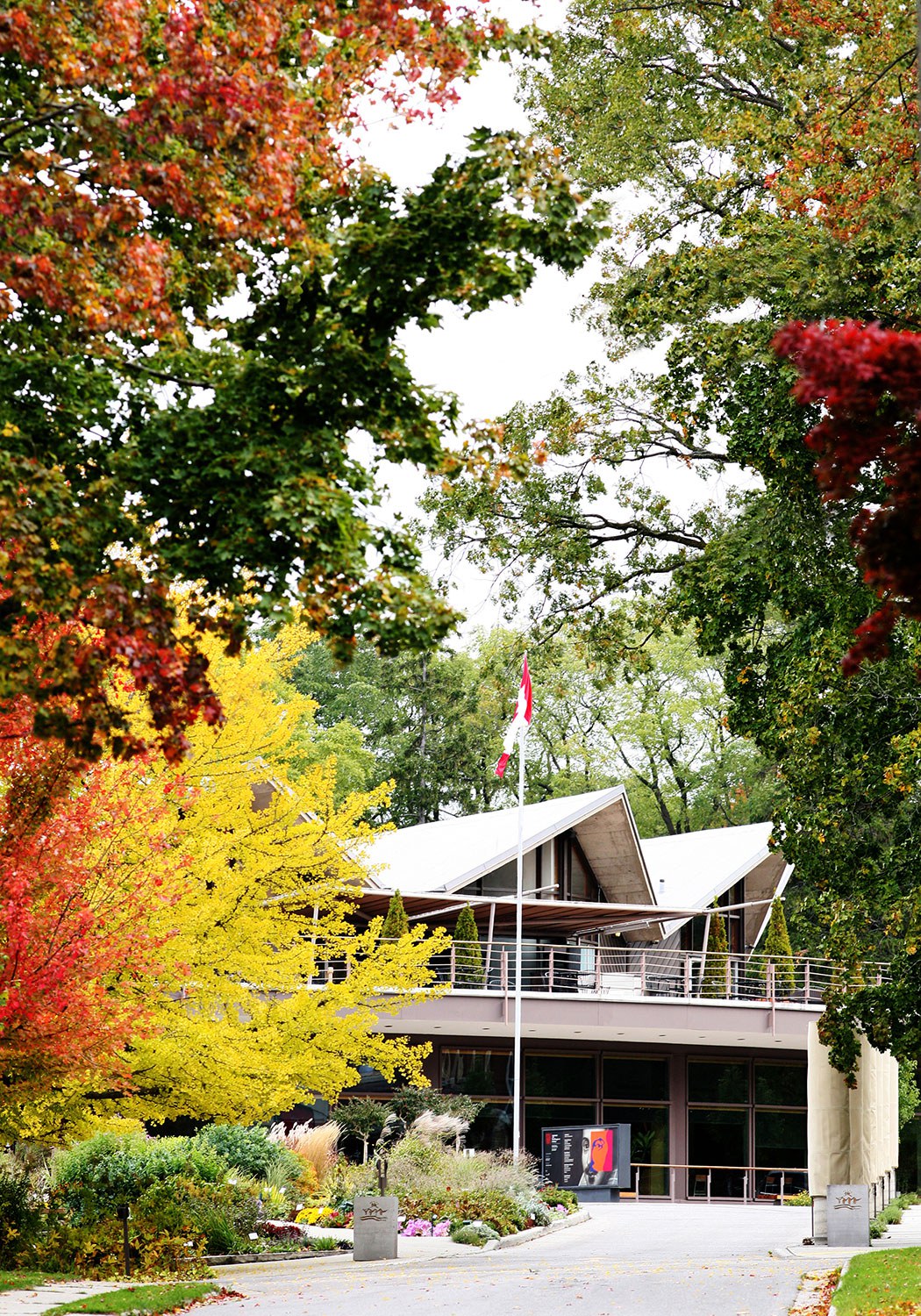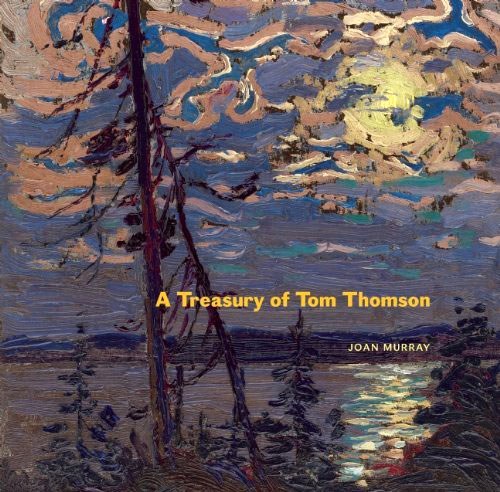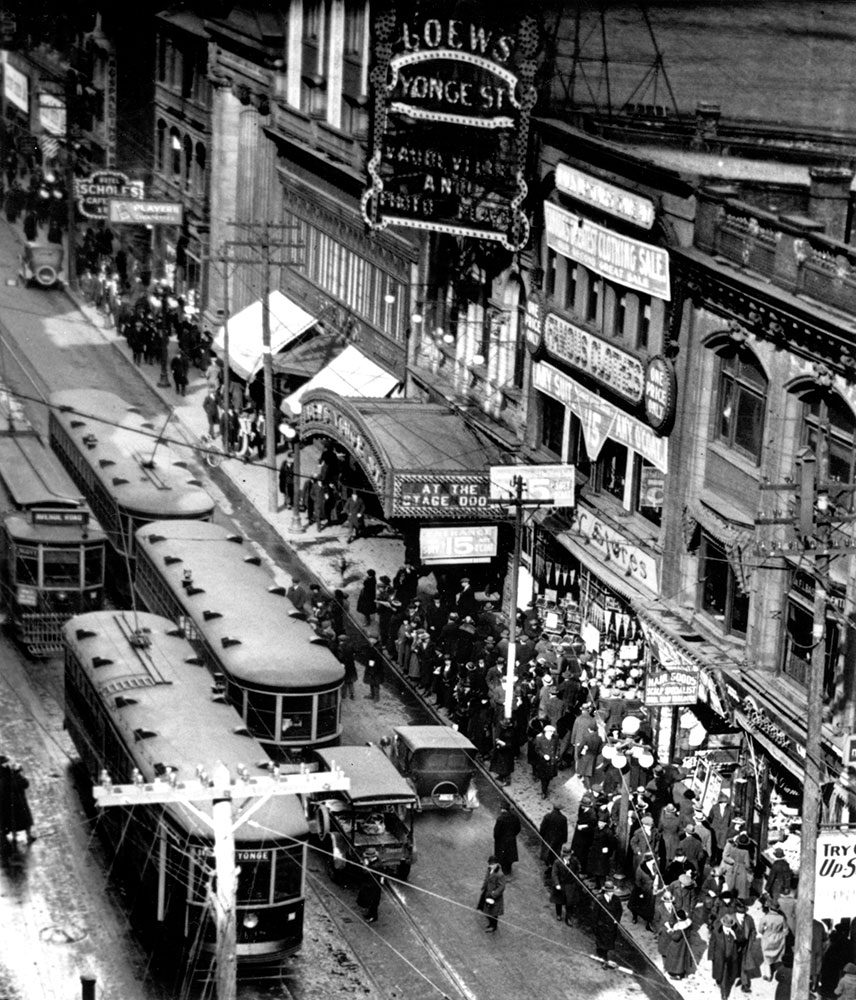

Browse by category
- Adaptive reuse
- Archaeology
- Arts and creativity
- Black heritage
- Buildings and architecture
- Communication
- Community
- Cultural landscapes
- Cultural objects
- Design
- Economics of heritage
- Environment
- Expanding the narrative
- Food
- Francophone heritage
- Indigenous heritage
- Intangible heritage
- Medical heritage
- Military heritage
- MyOntario
- Natural heritage
- Sport heritage
- Tools for conservation
- Women's heritage
The world according to Homer
The local newspaper writes: “In this new world, great painters are fewer than in older countries, but it may be said of Homer Watson that he won, for his native land, distinction and honour in recognized art circles throughout the world.”
Born into poverty, in the small southern Ontario village of Doon, Homer Randsford Watson (1855-1936) began his life in hardship. Losing her husband to typhus, Watson’s mother struggled with five young children and a defunct mill. His schooling was marked by reprimands for his doodles and drawings. Eventually, he abandoned school at the age of 11 to work at the local mills with his older brother Jude. Watson and his brother enjoyed small moments of reprieve, exploring the forests and rivers around the local village. Then tragedy struck once again when Watson witnessed his beloved brother Jude’s violent death in a milling accident.
Homer Watson spent increasingly more time away from home roaming the countryside, painting. At the age of 17, he travelled to Toronto where his love affair with painting was solidified and his dream of becoming an artist fuelled. Watson was urged to “quit the nonsense of going into art” and go “into the office and become a businessman.” At the age of 25, however, Watson entered the Royal Academy of Arts Exhibition held at Ottawa’s Clarendon Hotel. His painting, entitled The Pioneer Mill (1880), was purchased by the Marquess of Lorne, Canada’s fourth governor general, who gifted the painting to his mother-in-law, Queen Victoria. It remains to this day hanging in Windsor Castle. Not only did this event establish Watson’s place in history as a forerunner of the arts in Canada, but also it began the documentation of the relationship that he enjoyed with the land in Ontario at the turn of the last century.
Watson’s work depicts moody pastoral scenes inspired by the dramatic landscape surrounding his home – overcast and stormy skies, often a lone traveller, a logger or a farmer engaged in the everlasting dance with nature. Combining the drama of nature with the widely held notion that Canada was a new world, unspoiled and virtuous, Watson created a romantic vision of southern Ontario. He avoided the vibrant colour and stylized forms preferred by his successors, the Group of Seven, for the studious observation of woodland, meadow, river and sky interspersed with a mill or cottage. He typified the rural landscape of the 19th century, recording the optical facts of the environment that he rendered poetically as well as scientifically.
In 1936, when Homer Watson died, Prime Minister Mackenzie King remembered him as a beautiful soul and wrote this in his diary about the loss: “a man I really and truly loved, a great gentleman and a great artist, his passing marks the end of an era.”

